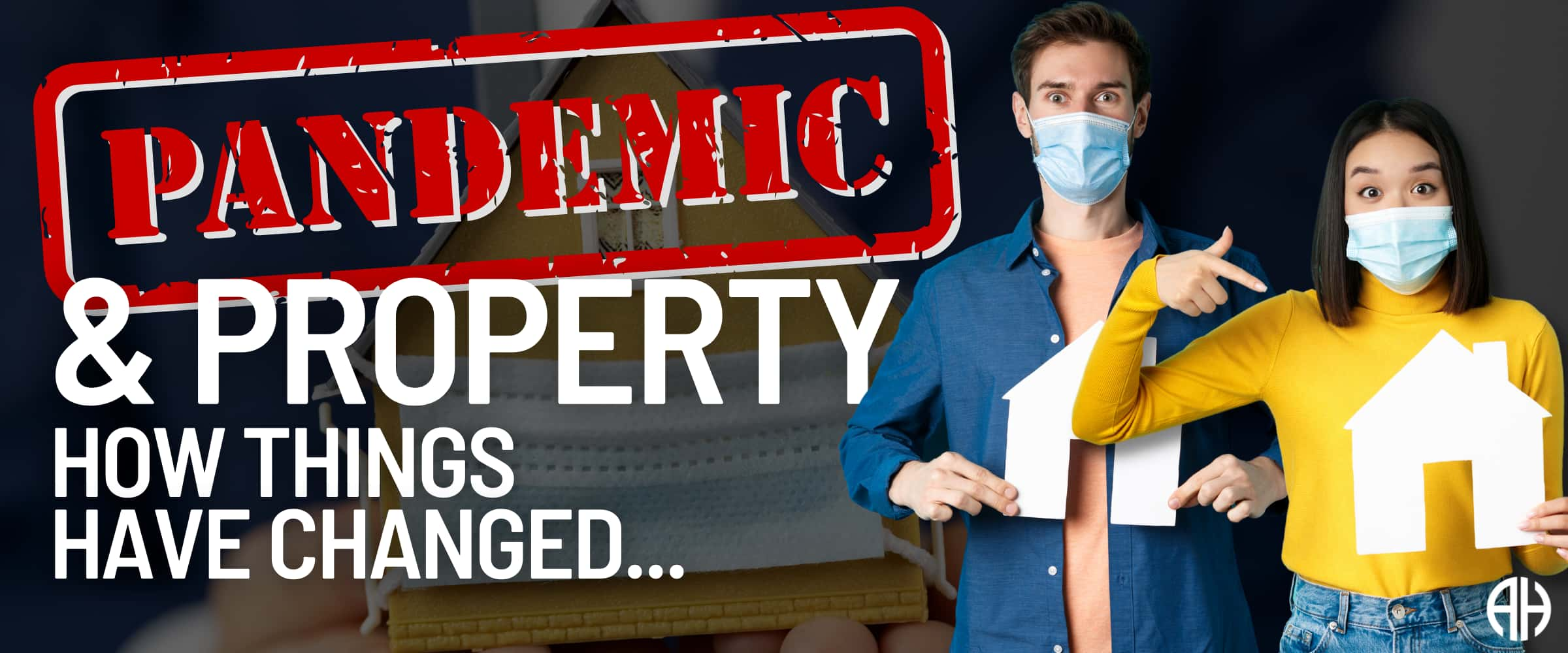
We all know how Covid-19 has affected our everyday lives over the past two years. This new era has meant scenarios like online schooling and work-from-home are now normal, and everyday activities that we used to take for granted now need planning and a careful attitude.
Even when it comes to home-buying, the pandemic has moved the goalposts. So what exactly has changed in the residential real estate sector both here and overseas in the past two years?
Digital Adoption
Lockdowns and restrictions in movement around the country have forced every business sector to implement digital ways of doing business. Online portals and other tools have been a part of real estate for many years and used well by prospective home buyers and sellers, tenants and landlords.
But the pandemic has taken it to the next level, with some experts suggesting that the industry has vaulted forward 10 years in consumer and business digital adoption. New technologies that real estate professionals are using or starting to implement now include virtual reality (VR), augmented reality (AR) and 3D programmes, and artificial intelligence (AI). Developers overseas and here are using/developing VR technology to give potential home buyers the ability to take a virtual tour of the properties digitally via 3D apps.
Bigger and Better Homes
Being stuck at home for long periods of time with family members – such as the lockdowns in Auckland, in particular – has exacerbated the need for more space, especially because of the specific requirements of online schooling and work-from-home.
The demand for modern flexible room configurations is brisk, with work-from-home and e-learning models becoming the order of the day. According to many international statistics, a third of buyers now choose space and size of homes as a critical factor in the post-pandemic era.
Houses that can support activities such as office work, study and exercise are increasingly important, particularly as nuclear families are starting to plan well into the future for their long-term requirements. In other words, the pandemic has triggered a paradigm shift in consumer behaviour, with demand now skewed towards spacious space, quality of life and no compromise on luxury.
Moving to the Country
Speak to any Harcourts consultant and they will tell you that an exodus from the city is being felt. Given the high capital values, lack of open space and high density within cities, people are keen to relocate to city outskirts or other regions to afford bigger and better lifestyles.
The importance of health, hygiene and wellness has also shifted homebuyers’ attention towards new pastures. Studies show that internationally, more than half of home buyers now actively consider suburbia or regional/country living as a viable option for the open spaces, greenery count and fresh air. Villas, farmhouses and second homes have also benefitted from buyers wanting superior social distancing and lower infection risk in less populated environments that they can escape to, or permanently work from.
Given that many companies are now adopting hybrid work models and online classes are often preferred, these changes in home buyers’ behaviours are expected to be more than a passing fad.

